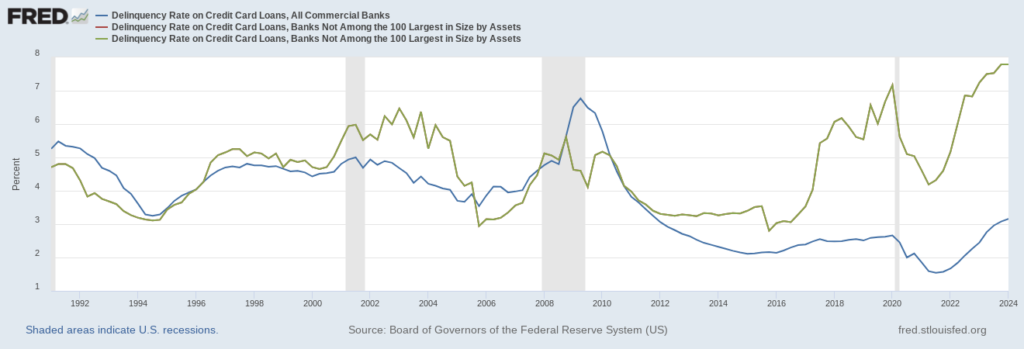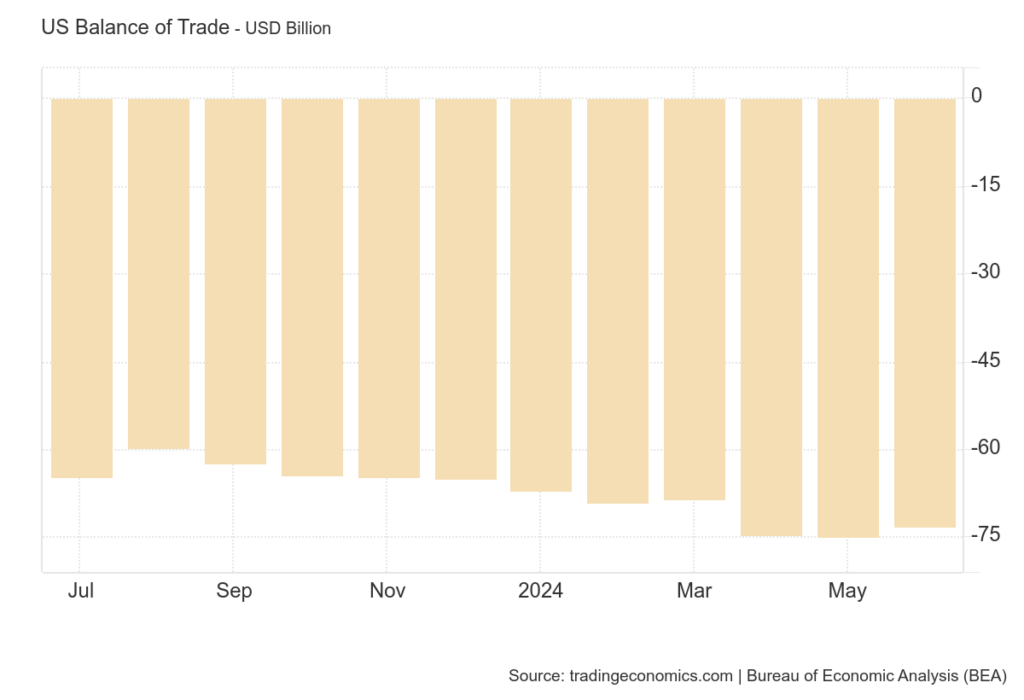Total consumer debt in the United States has reached an unprecedented level, with American households now owing a staggering $17.8 trillion. This record-breaking amount underscores the growing financial strain on many families, as they grapple with mortgages, credit card balances, car loans, consumer loans and other forms of debt. The continuous rise in consumer debt highlights the challenges faced by individuals in managing their financial obligations amidst economic uncertainties. As debt levels climb, the implications for the broader economy and the financial well-being of American citizens become increasingly significant, demanding careful attention and strategic intervention from policymakers and financial institutions.
As of recent reports, household debt in the United States has surged to an unprecedented $17.8 trillion, significantly surpassing the levels witnessed during the Global Financial Crisis (GFC). This alarming rise in debt poses substantial risks to financial stability, as it indicates that households are increasingly relying on borrowed funds to sustain their consumption and lifestyle. The higher debt levels make households more vulnerable to economic downturns, interest rate hikes, and potential unemployment, which could trigger a cascade of defaults and financial distress. Consequently, this elevated debt burden not only threatens individual financial health but also poses systemic risks to financial stability and the broader economy.


Credit Card Balances Delinquencies have been increasing to 7.9% well above 2007/09 Financial Crisis

United States Trade Balance continues on its very large structural Deficit
In June 2024, the US trade deficit narrowed to $73.1 billion from a revised 20-month high of $75 billion in May, though it was above market expectations of a $72.5 billion gap. Exports increased by 1.5% to $265.9 billion, the second-highest level on record, driven by higher sales of civilian aircraft, automotive vehicles, and energy commodities like natural gas, petroleum products, and fuel oil. This increase in goods exports managed to compensate for a slight decline in services exports, mainly due to reduced travel. Meanwhile, imports rose by a modest 0.6% to $339 billion, bolstered by purchases of pharmaceutical operations, semiconductors, electric apparatus, and energy commodities. The trade deficit with Italy decreased by $1.7 billion to $3.1 billion, the deficit with China fell by $1.6 billion to $22.3 billion, and the balance with Singapore shifted from a surplus of $1.3 billion to a deficit of $0.4 billion.
